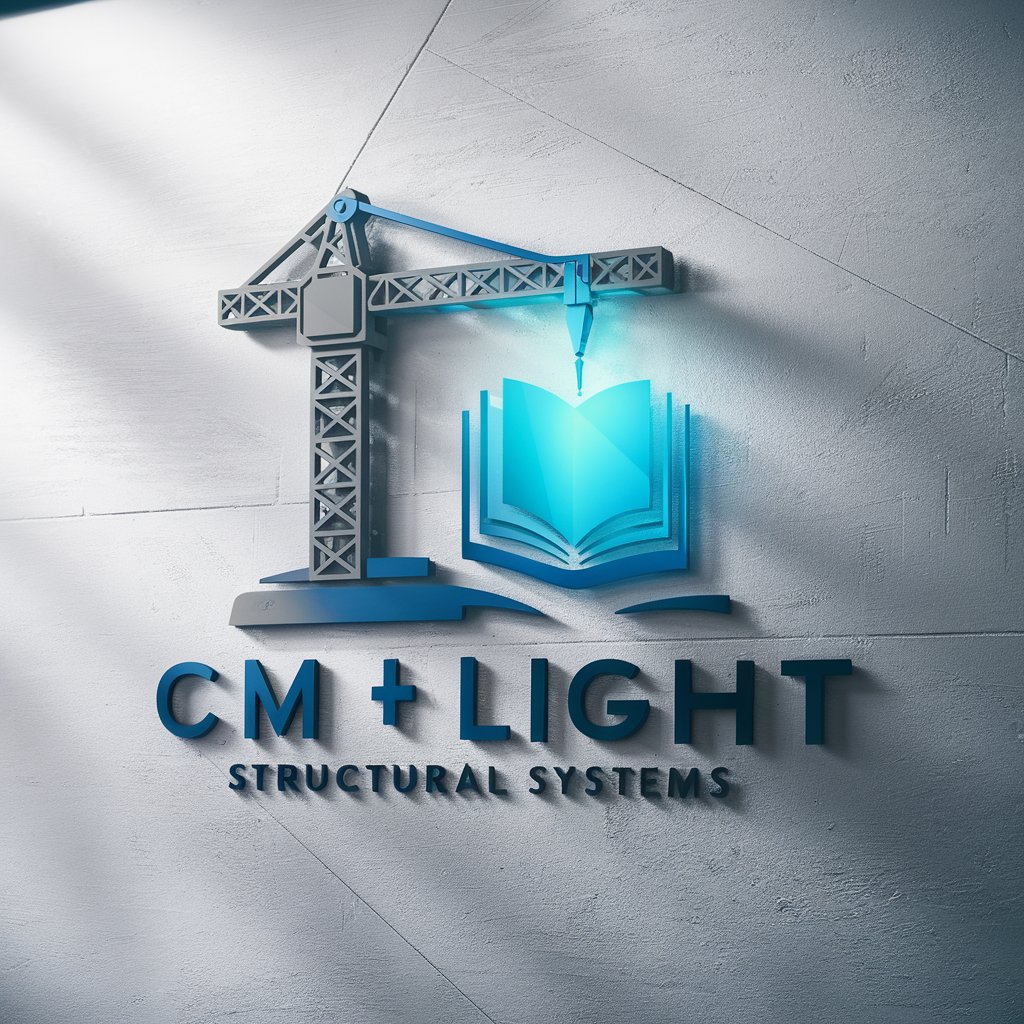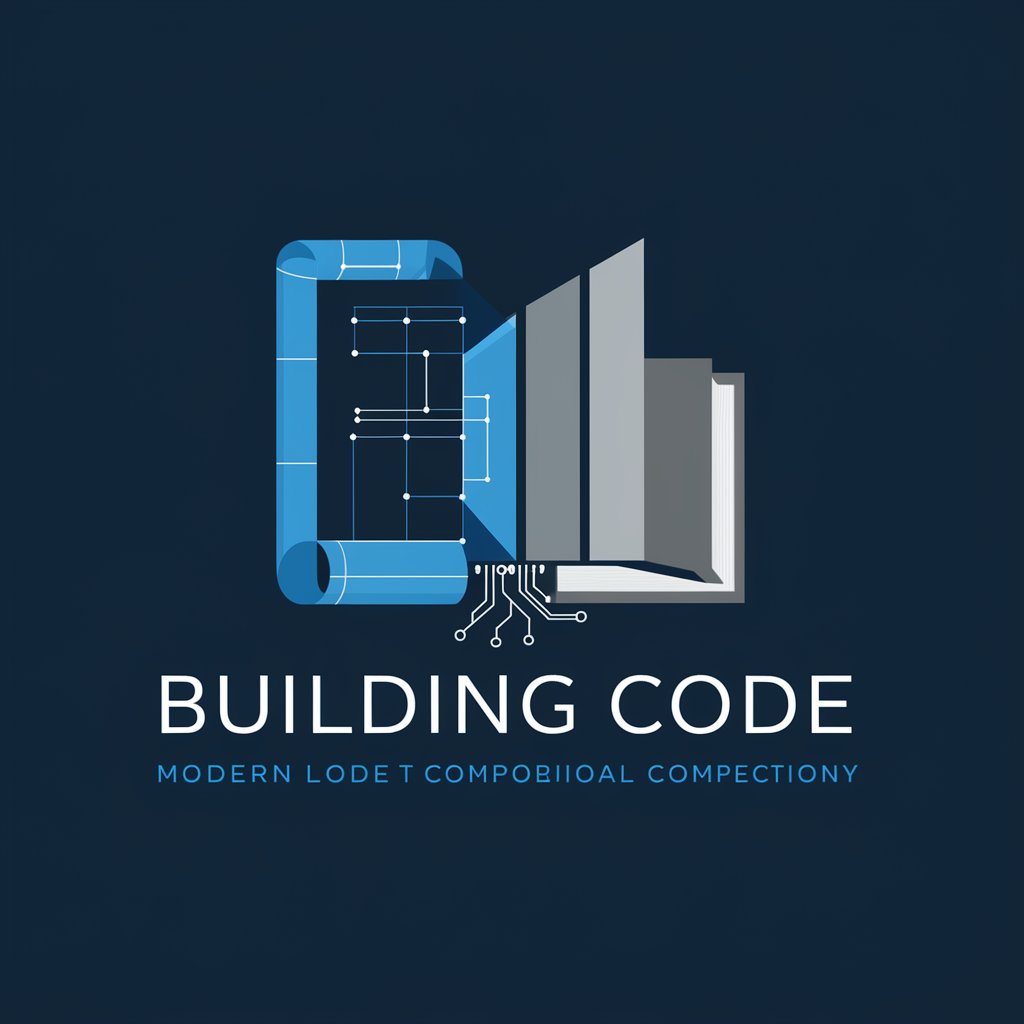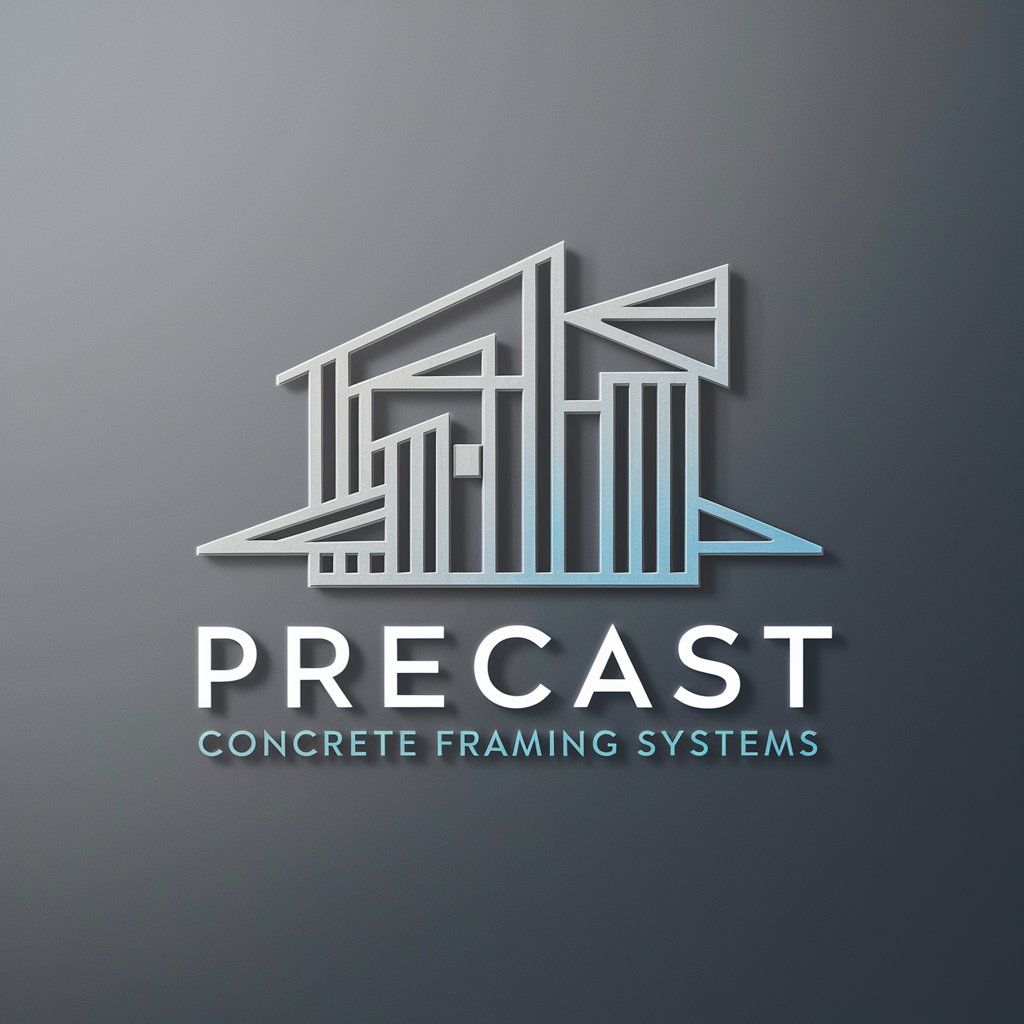
Light Gauge Steel Framing - Trial, No Login Needed

Welcome to Light Gauge Steel Framing, your expert resource for steel frame construction.
Empowering Construction with AI
Can you explain the advantages of light gauge steel framing in residential construction?
What are the common methods for insulating light gauge steel frame structures?
Describe the process of assembling a light gauge steel frame wall.
What building codes and standards are applicable to light gauge steel framing?
Get Embed Code
Overview of Light Gauge Steel Framing
Light gauge steel framing (LGSF) is a modern construction technology using cold-formed steel as the primary structural material. It involves the use of thin sheets of steel, typically ranging from 0.5mm to 3.0mm in thickness, which are formed into C-shaped or Z-shaped sections through a cold-forming process. These sections serve as the structural support in buildings and are used for walls, roofs, floors, and beams. The design of LGSF is aimed at providing a lightweight, yet sturdy and durable, framework for building structures. It is particularly favored in residential and light commercial constructions due to its precision, speed of assembly, and resistance to fire, termites, and mold. An example scenario illustrating its application is the construction of a multi-story residential building where LGSF is used to quickly erect the structural frame with minimal site impact and reduced construction waste. Powered by ChatGPT-4o。

Key Functions of Light Gauge Steel Framing
Structural Support
Example
LGSF is used as the primary load-bearing framework in buildings. It supports both axial and lateral loads, providing stability and rigidity.
Scenario
In hurricane-prone areas, LGSF buildings are designed to withstand high winds and seismic activities, enhancing building safety and longevity.
Flexibility in Design
Example
The adaptability of LGSF allows for it to be used in various architectural designs, from traditional to contemporary.
Scenario
Architects utilize LGSF to implement complex architectural features like curved walls and cantilevers in modern homes, which are difficult to achieve with traditional materials.
Sustainability
Example
LGSF is highly sustainable, involving recyclable materials and producing less onsite waste compared to conventional construction methods.
Scenario
In eco-friendly building projects, LGSF is chosen for its reduced environmental footprint, contributing to greener building practices.
Ideal Users of Light Gauge Steel Framing Services
Construction Professionals
Architects, engineers, and contractors who are engaged in designing and constructing buildings. They benefit from LGSF due to its design flexibility, ease of installation, and high strength-to-weight ratio.
Property Developers
Real estate developers looking for reliable and cost-effective construction solutions. LGSF enables faster construction times, reducing overall project costs and allowing quicker market entry.
Homeowners
Individuals seeking durable and customizable building solutions. LGSF offers enhanced protection against environmental factors and allows for future expansions or modifications with ease.

Usage Guidelines for Light Gauge Steel Framing
Initial Setup
Start your journey with Light Gauge Steel Framing by visiting yeschat.ai to explore our services through a free trial, which requires no login or ChatGPT Plus subscription.
Study Structural Requirements
Understand the basic structural requirements for your project by consulting design manuals and building codes relevant to light gauge steel framing, such as those provided by the AISI.
Gather Materials
Procure quality-assured light gauge steel materials, ensuring all components like studs, tracks, and panels meet industry standards for thickness, durability, and compatibility.
Plan and Design
Use CAD software or similar tools to design the framework. Ensure that the design includes proper load paths, beam placements, and connection details to accommodate all structural and non-structural loads.
Installation
Assemble the frame on-site according to the design specifications. Use appropriate tools and fasteners, and regularly check alignments and measurements to ensure structural integrity and precision.
Try other advanced and practical GPTs
Gods and Steel
Relive History, Make Decisions

Blog Writer - Steel Buildings
Automated Steel Building Blog Generation
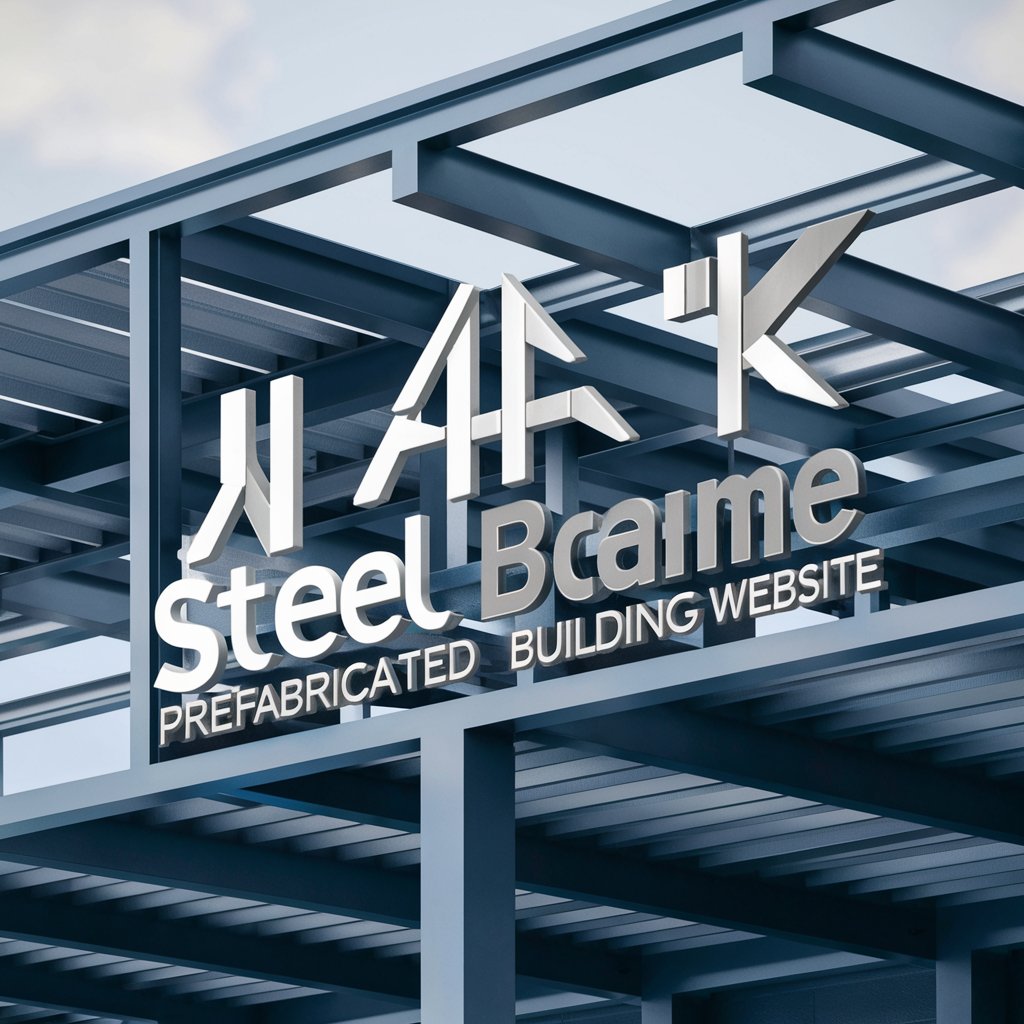
AISC Steel Searcher
Precision Steel Design with AI

Steel Structure Worker
Revolutionizing steel fabrication with AI

Templars Of Steel meaning?
Empowering intelligence at your fingertips

Steel Industry Report
Empowering Steel Decisions with AI

Shadow and Steel Bard
Craft Dark Fantasies with AI

Steel Standard Expert
Empowering Decisions with AI-Powered Steel Insights
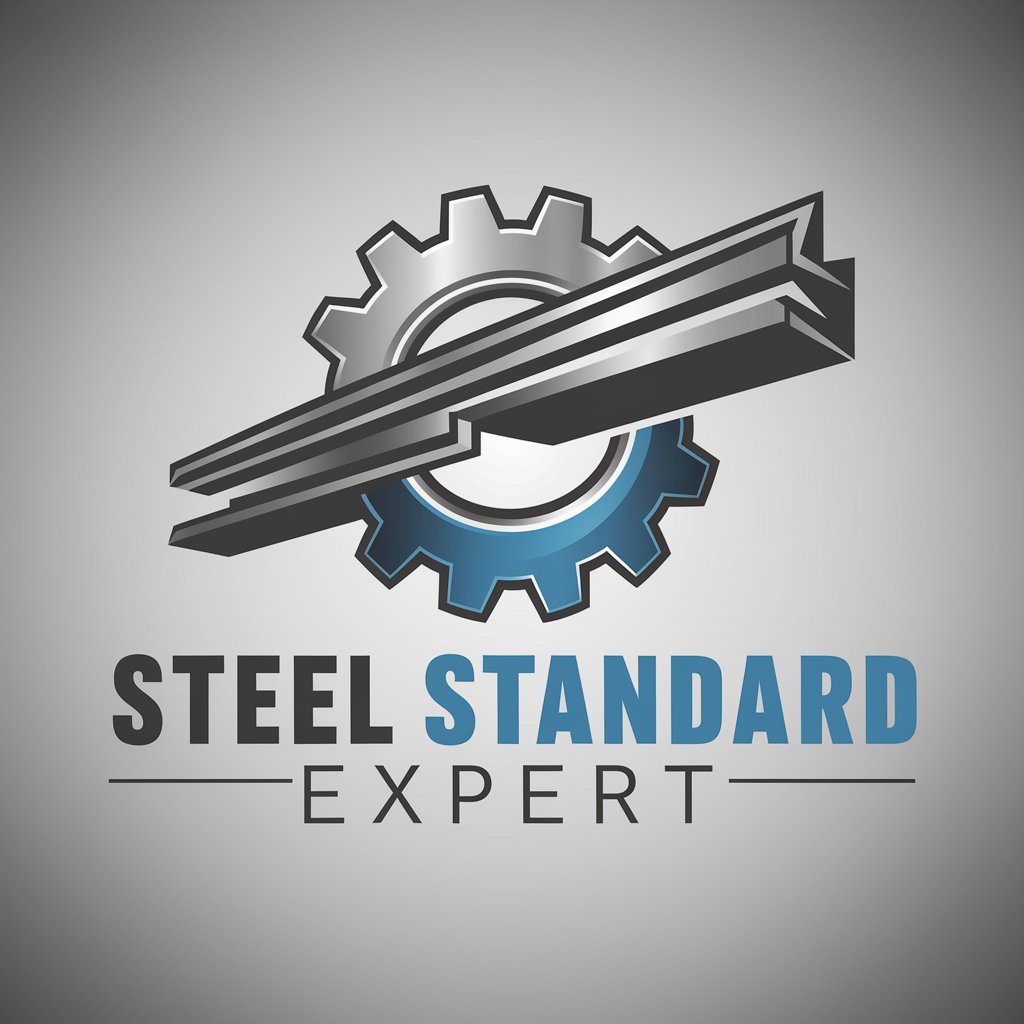
Steel Straw
Your AI-powered conversational partner
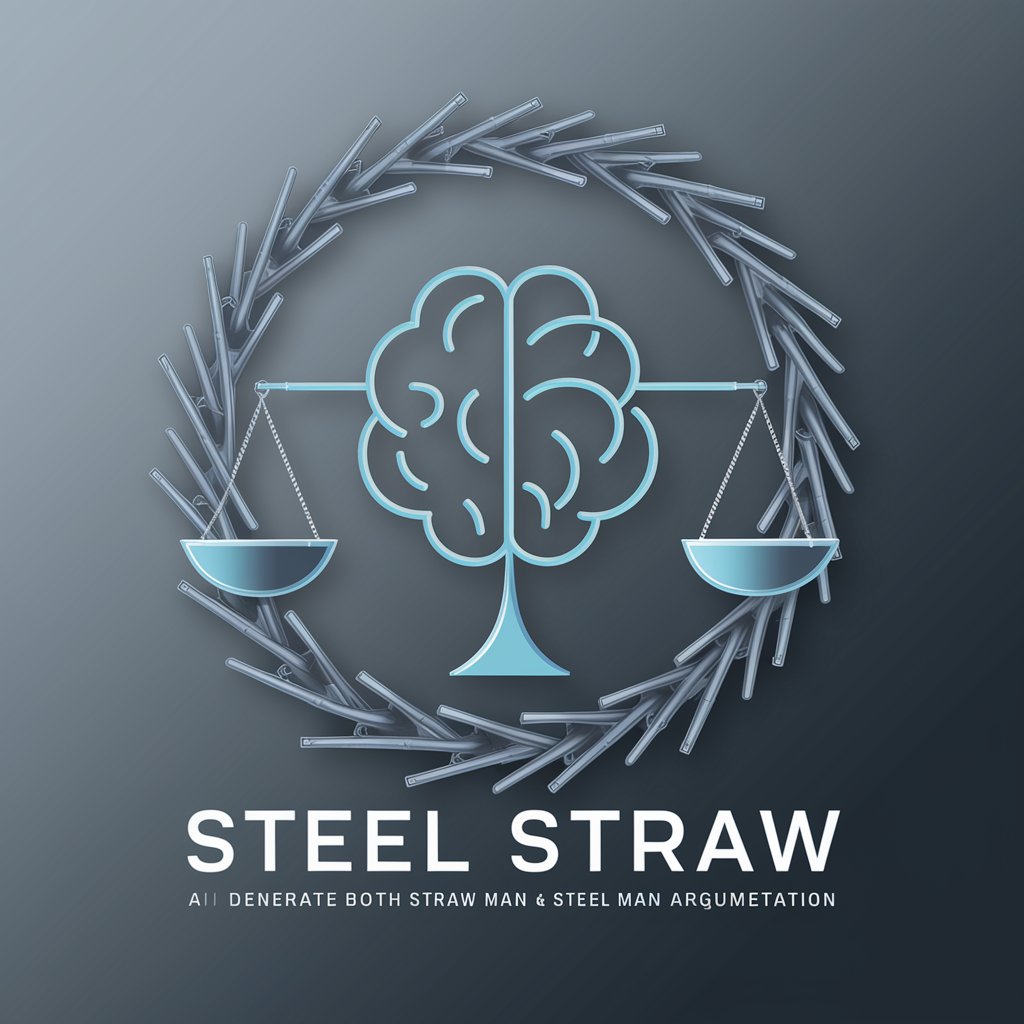
Steel Pipe Industry Assistant
AI-Powered Steel Pipe Guidance

Structural Steel Design Tutor
AI-powered Structural Steel Design Guidance
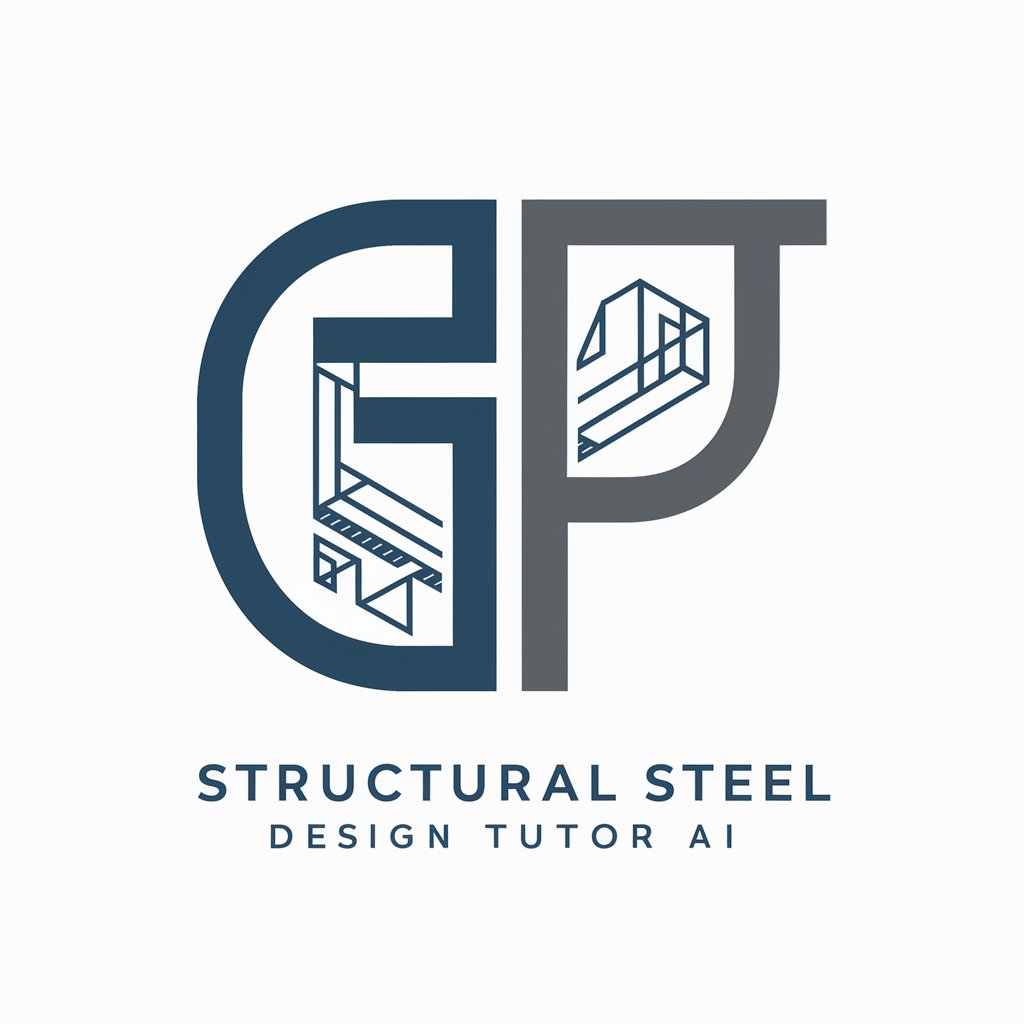
Steel Standards Guide
Your AI-Powered Steel Standards Navigator
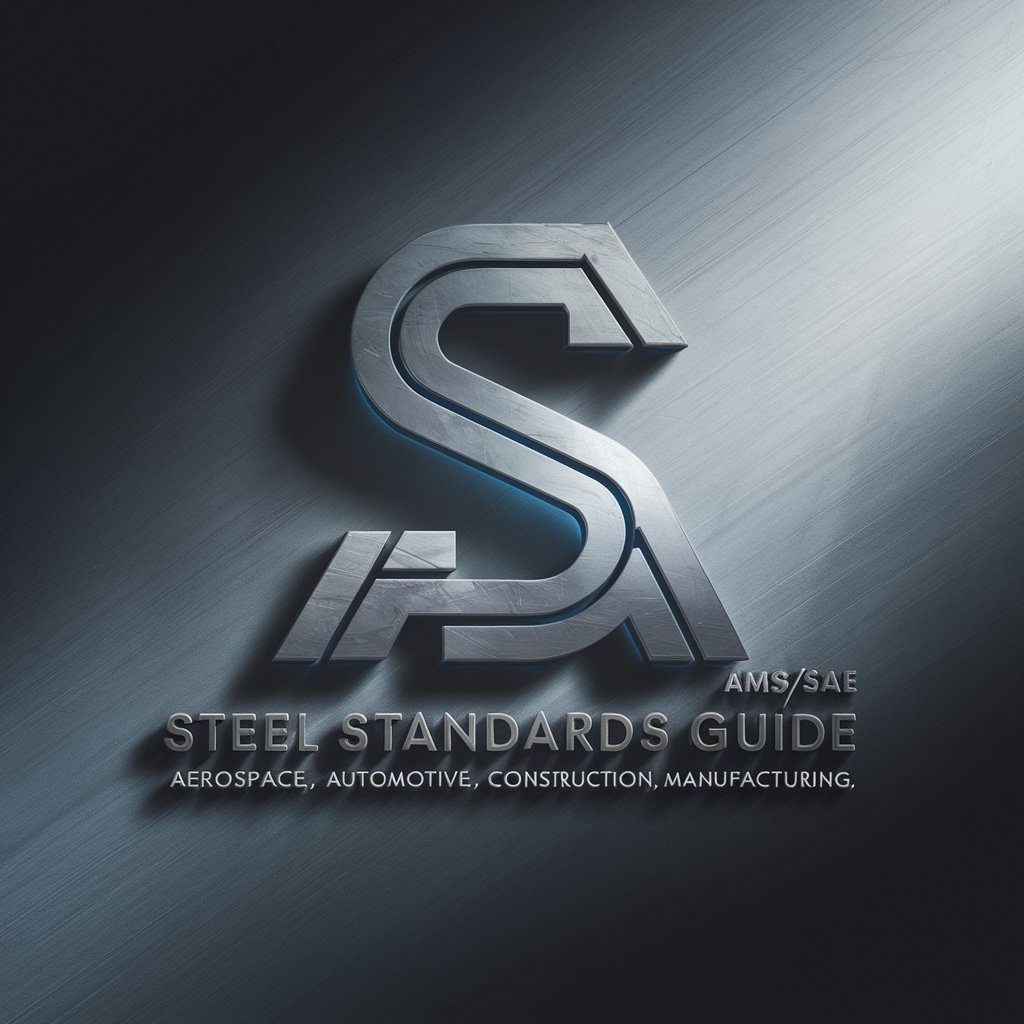
Frequently Asked Questions on Light Gauge Steel Framing
What are the main advantages of using Light Gauge Steel Framing?
Light Gauge Steel Framing offers high strength-to-weight ratios, durability against environmental factors, flexibility in design, and is non-combustible. It also promotes faster construction with less waste and variability than traditional materials.
How does Light Gauge Steel compare to traditional wood framing?
Unlike wood, steel does not warp, shrink, or decay, providing a more durable and stable structure. Steel framing can also withstand higher loads and is typically more fire-resistant than wood, making it a safer alternative in many aspects.
What types of projects are most suitable for Light Gauge Steel Framing?
This framing is ideal for residential and commercial buildings, particularly where speed of construction, longevity, and fire resistance are priorities. It is also suitable for renovations where existing structures are to be preserved or enhanced.
Can Light Gauge Steel Framing be used in high-seismic zones?
Yes, due to its ductility and strength, light gauge steel is well-suited for seismic zones. Specific framing techniques and designs can be implemented to further enhance seismic resistance.
What are the environmental impacts of using Light Gauge Steel?
Steel is a sustainable material, as it is 100% recyclable without loss of quality. The use of steel reduces on-site waste and allows for more controlled and precise construction, contributing to overall sustainability.
